
The Ultimate Mushroom Trip? A Foraging Weekend in Big Sur
A foray into the woods of Big Sur in search of spores, caps, and other elusive mycological delights.
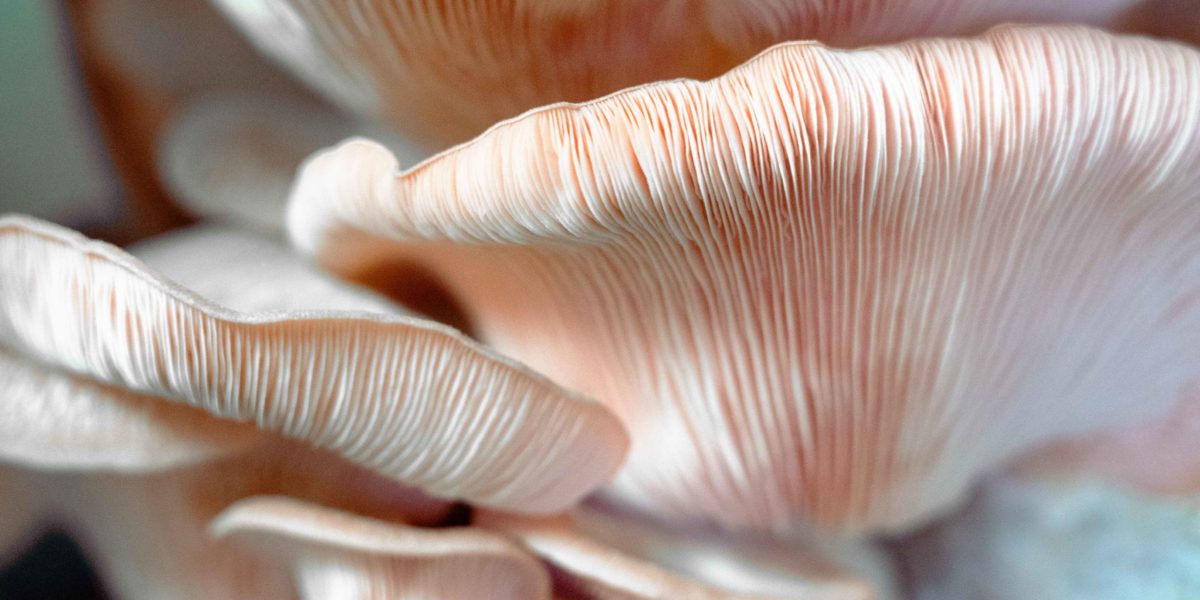
Thomas J. Story
We only recommend things we love. If you buy something through our site, we might earn a commission.
Chef Jonny Black, of Sierra Mar restaurant, is just a few steps into the redwoods of Big Sur and the quiet of the forest is almost tangible. Light streams through the trees, giving an ethereal glow to everything it touches. There’s no audible trace of the waves crashing ashore just over the ridge. A local forager named Ian Cole joins Black and they traipse through the forest in search of mycological treasure. A dry summer can mean a less bountiful fall harvest, until the winter rains pass through and the forest yields its precious but fleeting crop.
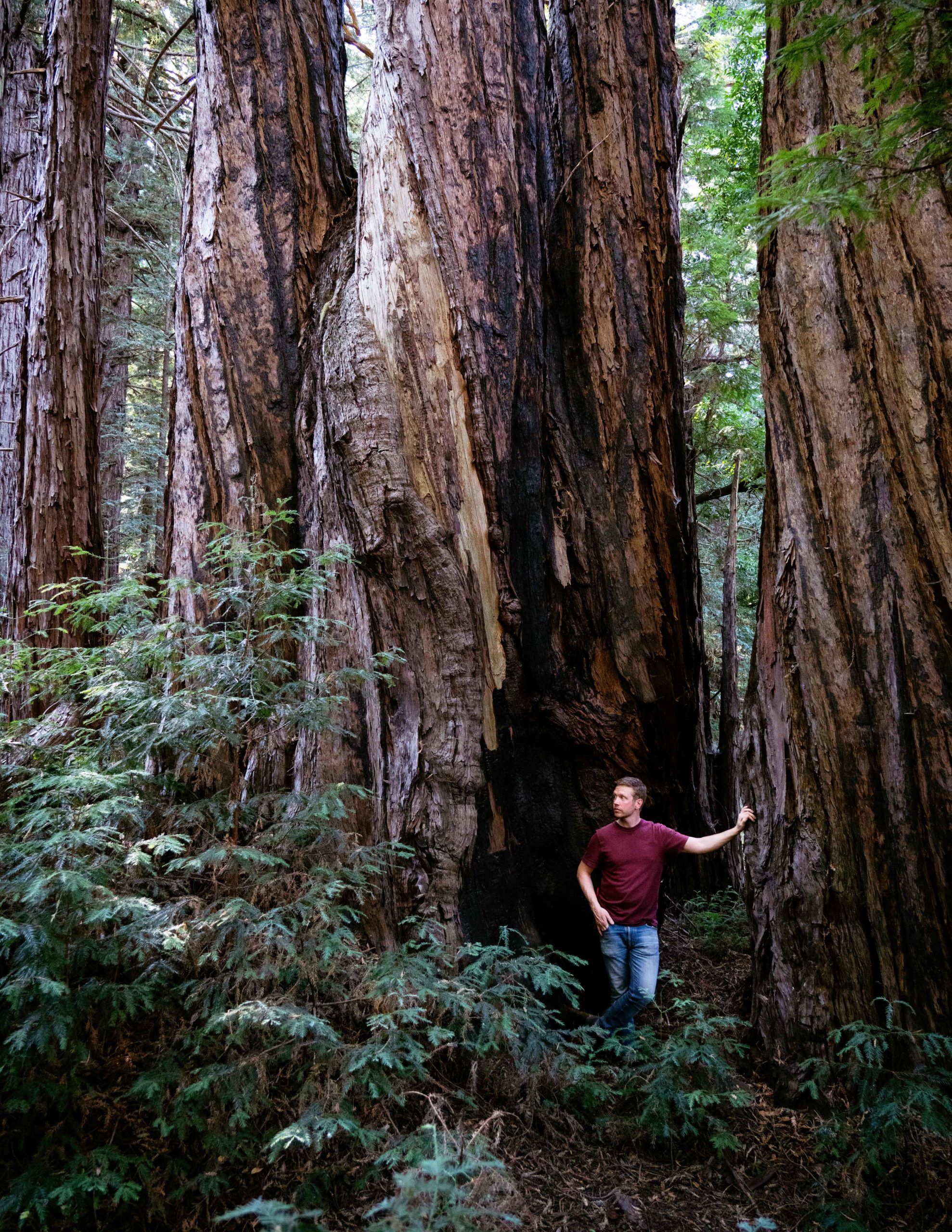
Thomas J. Story
In Big Sur, wild mushrooms are a hot commodity. The Foragers Festival takes place there each January, bringing together enthusiasts and chefs for a weekend of wild food consumption and camaraderie. It’s a celebration of food that’s undomesticated and that connects those who seek it to the land around them: a vital reminder of the fragility of the land and the importance of conservation. Local chefs compete to produce the best dishes incorporating wild foods; in 2019, just before Black came on, Sierra Mar won for “Best Use of Foraged Ingredients.”
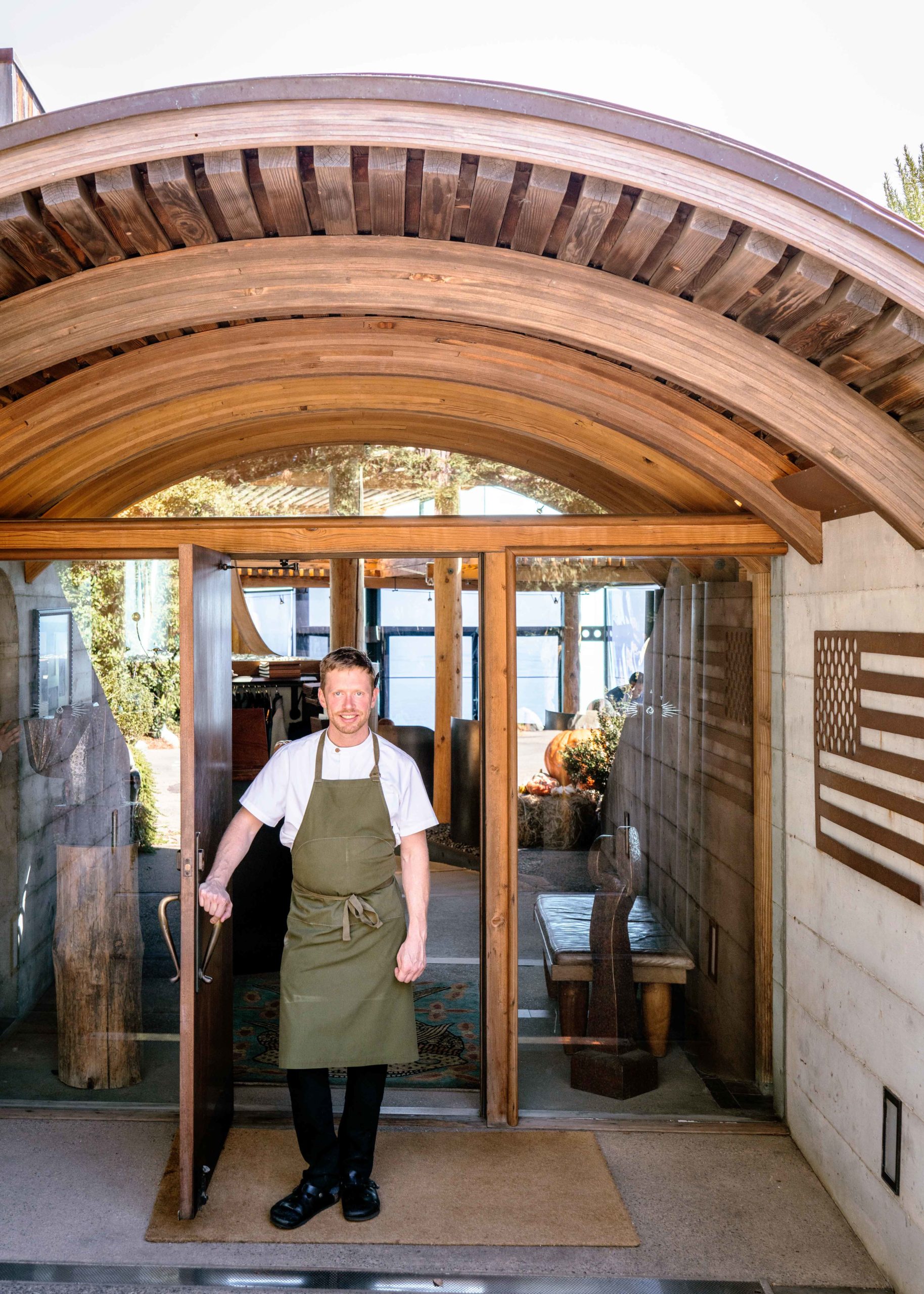
Thomas J. Story
It seems reasonable that this year might result in more accolades under Black’s leadership. After an illustrious career running high-profile restaurants in Washington, D.C. and San Francisco, Black found his way to Big Sur. He and his wife and two small children are now living in Carmel, walking on the foggy beach in the mornings instead of braving the pavement of the city. A 45-minute commute to Post Ranch Inn’s restaurant Sierra Mar down the coast is a small price to pay for stunning views of the Pacific Ocean.
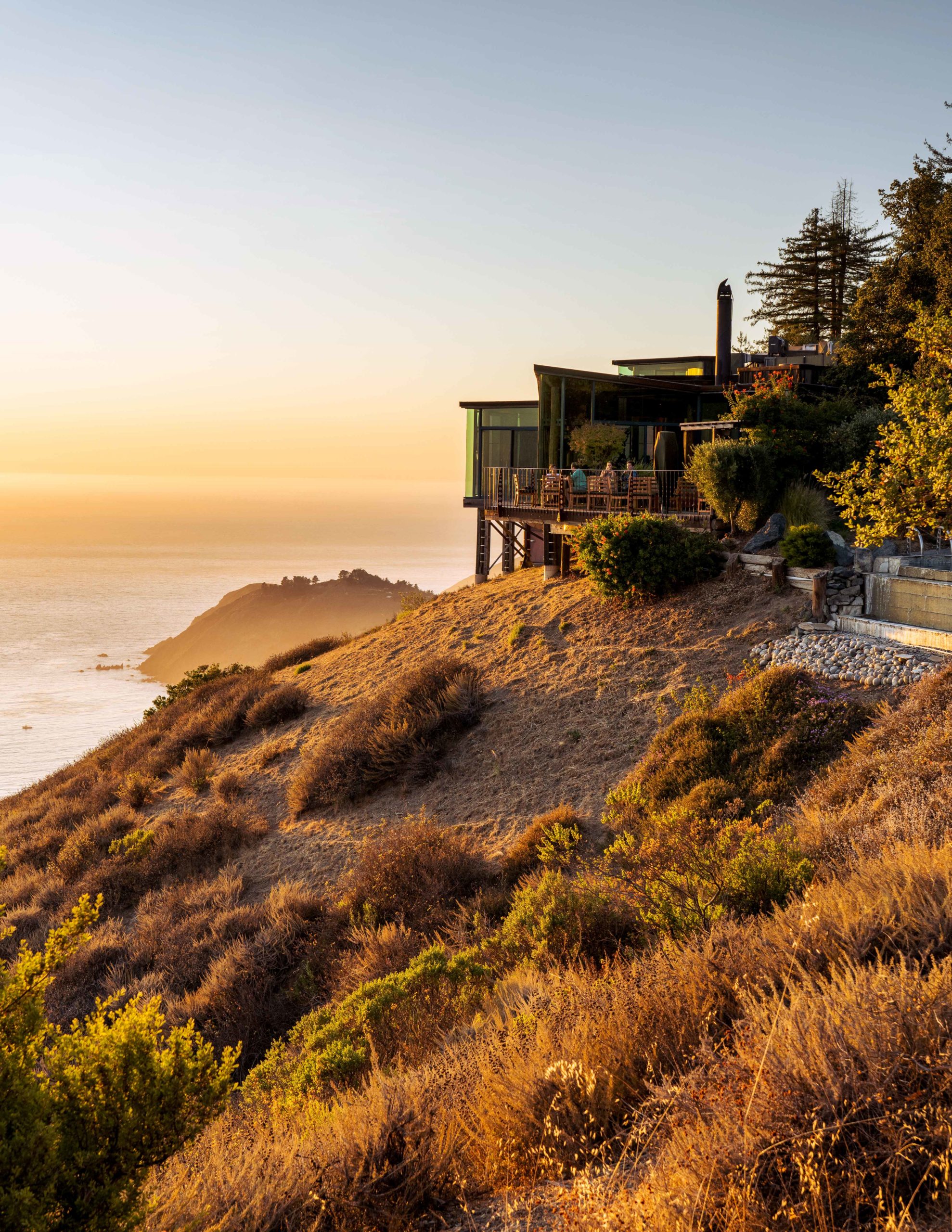
Thomas J. Story
While Sierra Mar is still fine dining, the coastal gig offers a decidedly different vibe than Black’s previous posts. Fog along the Pacific Coast is like a meditation; dampening sounds, softening the edges of objects, diffusing light. Watching the waves crash onto the rocks below from the cliff-hugging glass box that is Sierra Mar is its own practice. The kitchen is open to the dining room, which comes to a standstill every evening at sunset as diners and servers all pause to watch the sun slip below the horizon in a fiery flash. Black is understanding albeit less than enthused as it means plates of hot food spend a few extra minutes waiting to get to tables.
One of Black’s first considerations when taking over the kitchen at Sierra Mar was the daily incorporation of local wild foods, specifically in a mushroom tasting menu that gives diners a taste of the woods and seascapes around them. “People come to Big Sur and they want to feel a sense of place,” says Black, whose delight at his proximity to fresh abalone and local farms like Dirty Girl Produce and Kashiwase is palpable. The focus on fungi is a large part of that, allowing chefs and foragers to connect diners directly to the nooks and crannies of the forest around them.
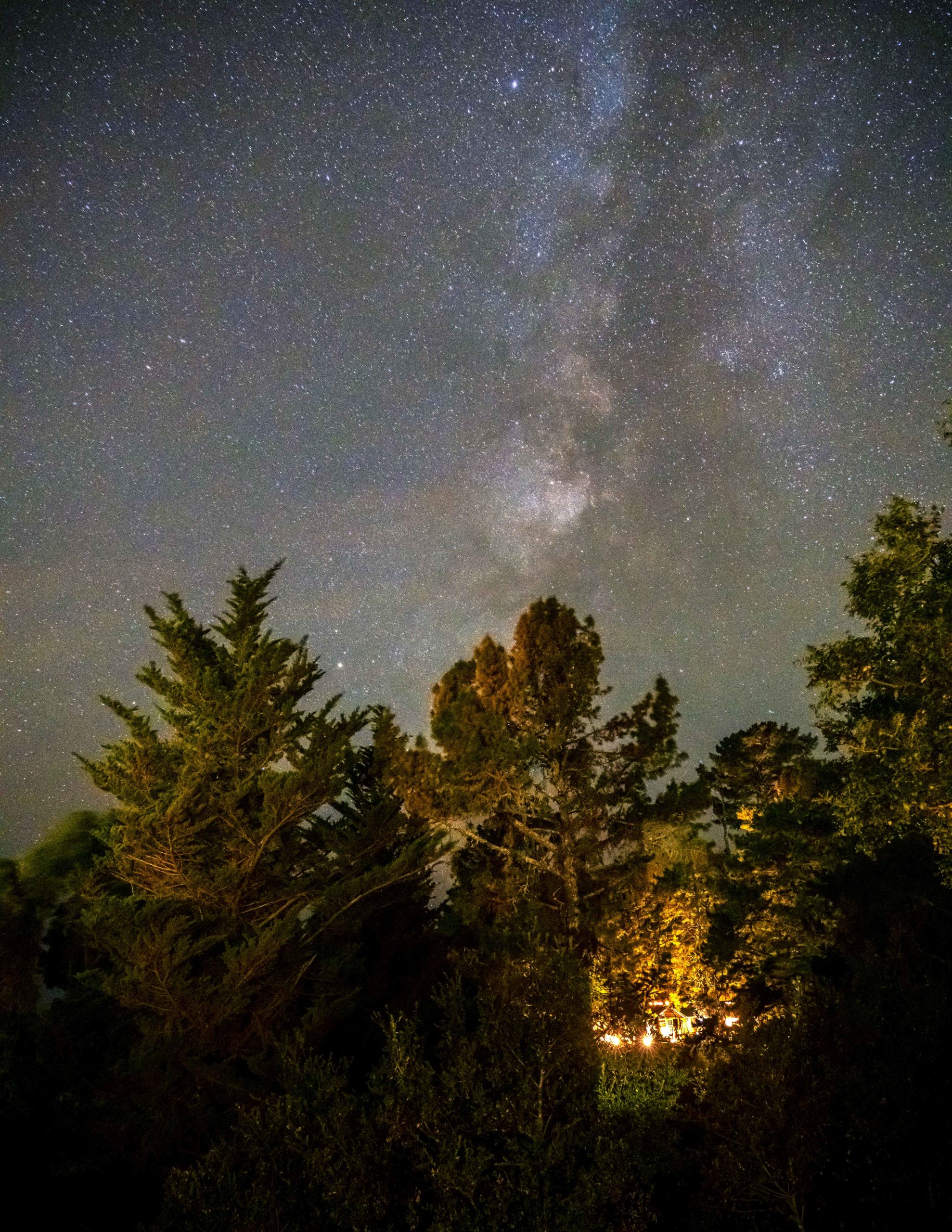
Thomas J. Story
Mushrooms are part of a larger community in the forest, explains Cole, a forager, fisherman, and partner in Ocean2Table, a Santa Cruz-based seafood company. There’s something to be respected about fungi, the not-animal/not-plant that can exist for years in a dormant state, invisibly surviving when water and conditions aren’t ideal, popping back up again when the rains finally return. Mushrooms belong to the separate biological kingdom fungi and have been a mainstay for mystics, health nuts, and gourmands alike for years. They’re unpredictable in many ways but they’re reliably good sources of protein and vitamin B12 and are touted for benefiting liver health and easing insomnia. With their health benefits, elusive nature, and connotations of organic luxury, mushrooms more than any other ingredient embody the narrative of an evolving Big Sur.
Mushrooms are a spontaneous sort, appearing abruptly when the conditions are just right and in unexpected places. As a result, foragers are known for their secrecy, shielding favorite spots from others and returning again and again to harvest the goods. Some mushrooms rely on trees, creating a symbiotic relationship that allows the mushrooms to get energy from the tree’s sugars, while gathering minerals in the soil around the roots to return to the tree. Foragers rely on these relationships with the trees around them to hunt different mushrooms; some are found at the base of oaks, Monterey pines, and spruce, while others favor decomposing hardwood logs. “The best foragers spend as much time looking at the canopy [of the forest] as at the forest floor,” explains Cole. We look up at the redwoods quizzically, their stately appearance offering no clue to secrets they might hold down below.
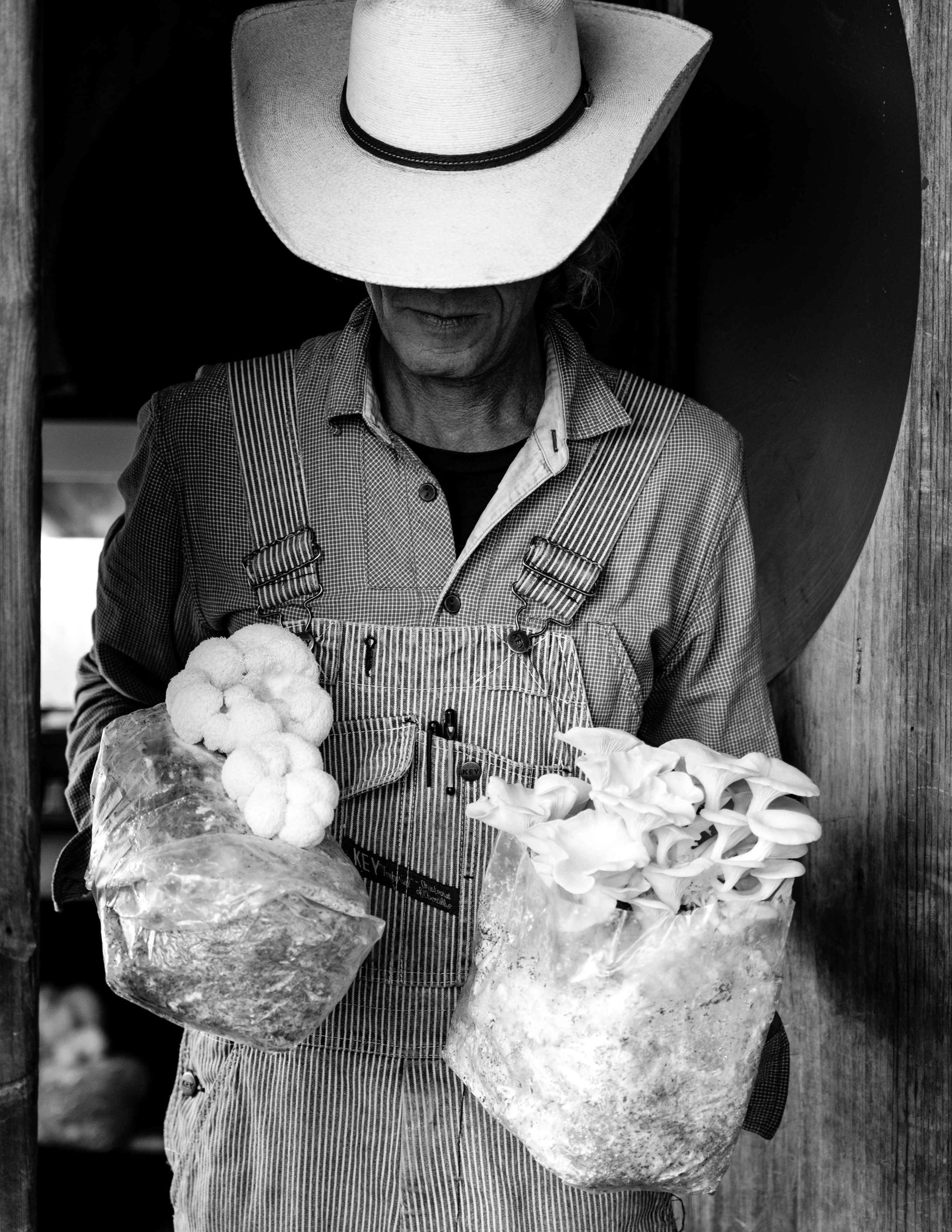
Thomas J. Story
Anton Tymoshenko, known for his uniform of striped overalls and a woven straw hat, is the culinary gardener at Post Ranch Inn. He, along with Lauren Kendall, a former gardener at Healdsburg’s SingleThread Farms, manages the property’s wild and cultivated foods. That mainly means the chef ’s garden, where herbs, vegetables, and fruit are grown for use in Sierra Mar. Beautiful blue borage, purple pineapple sage, and bright orange Calendula grow next to pink pearl apples, finger limes, and yuzu. There are chickens, including the blue egg-laying Araucanas. Bees hum by happily, and an almost alarming number of wild turkeys gobble from beyond the fence, where Kendall and Tymoshenko are planning a large expansion of garden beds next year.
The garden is an essential part of Sierra Mar’s arsenal, though the real gems, the fungi, are found in a hot and humid little shed just outside the garden gate. The shed is where, in addition to garden starts, much of the mushroom magic happens. The unpredictability of mushroom season means that a restaurant like Sierra Mar can’t leave it all up to fate—after all, a sophisticated clientele will be filing in each night, regardless of whether the rains have come.
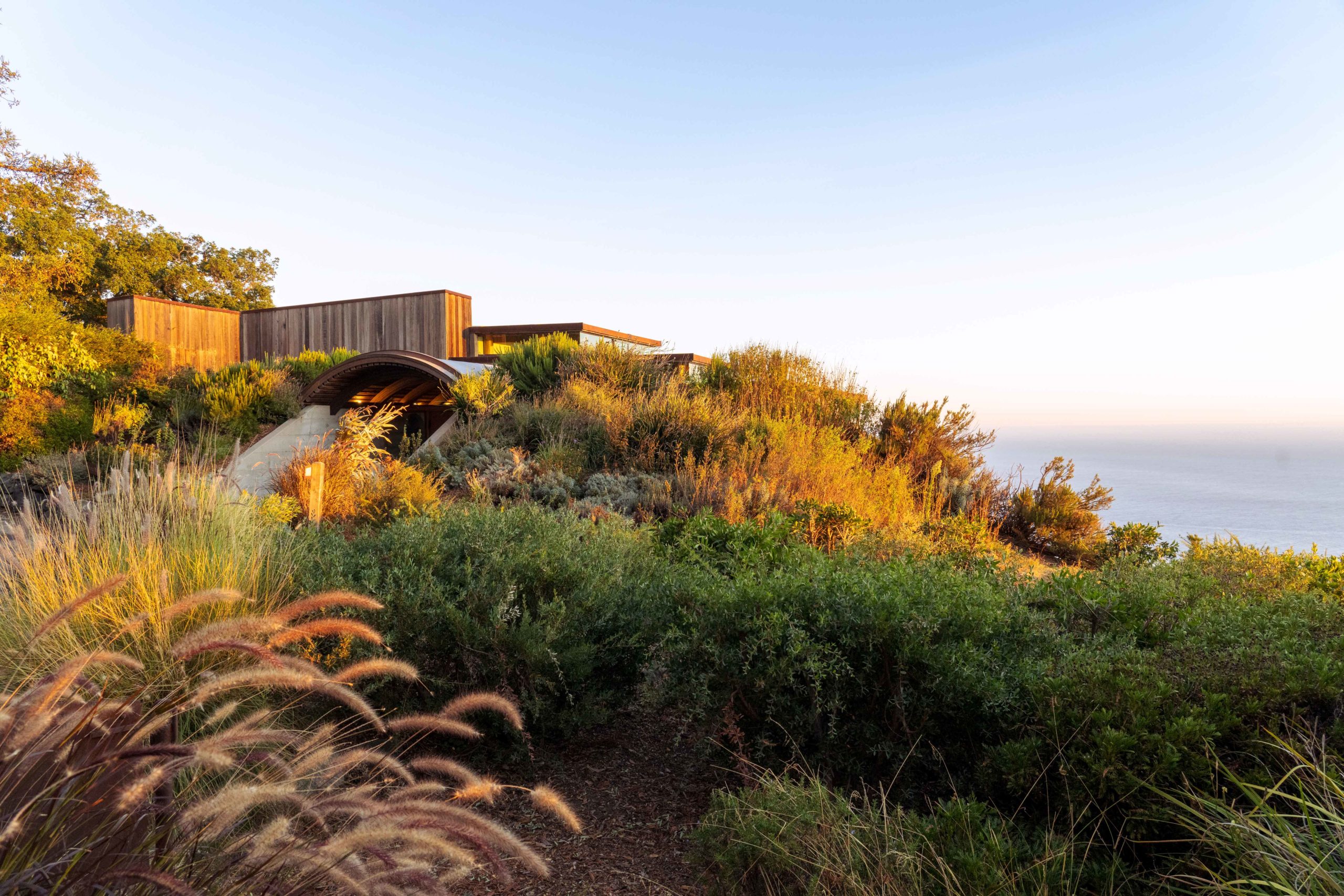
Thomas J. Story
Inside are lion’s mane, shiitake, porcini, and oyster mushrooms, waiting for their turn in the spotlight. Black has been working on a menu that will showcase mushrooms in the late fall and winter. Six or so courses will include dishes like Buttermilk Fried Chicken of the Woods Mushroom with pickled green tomatoes and chicken liver mousse paired with porcini conserva. A housemade sourdough incorporates white chanterelle powder for secret umami, while a candy cap mushroom crémeux is the star of a plated dessert.
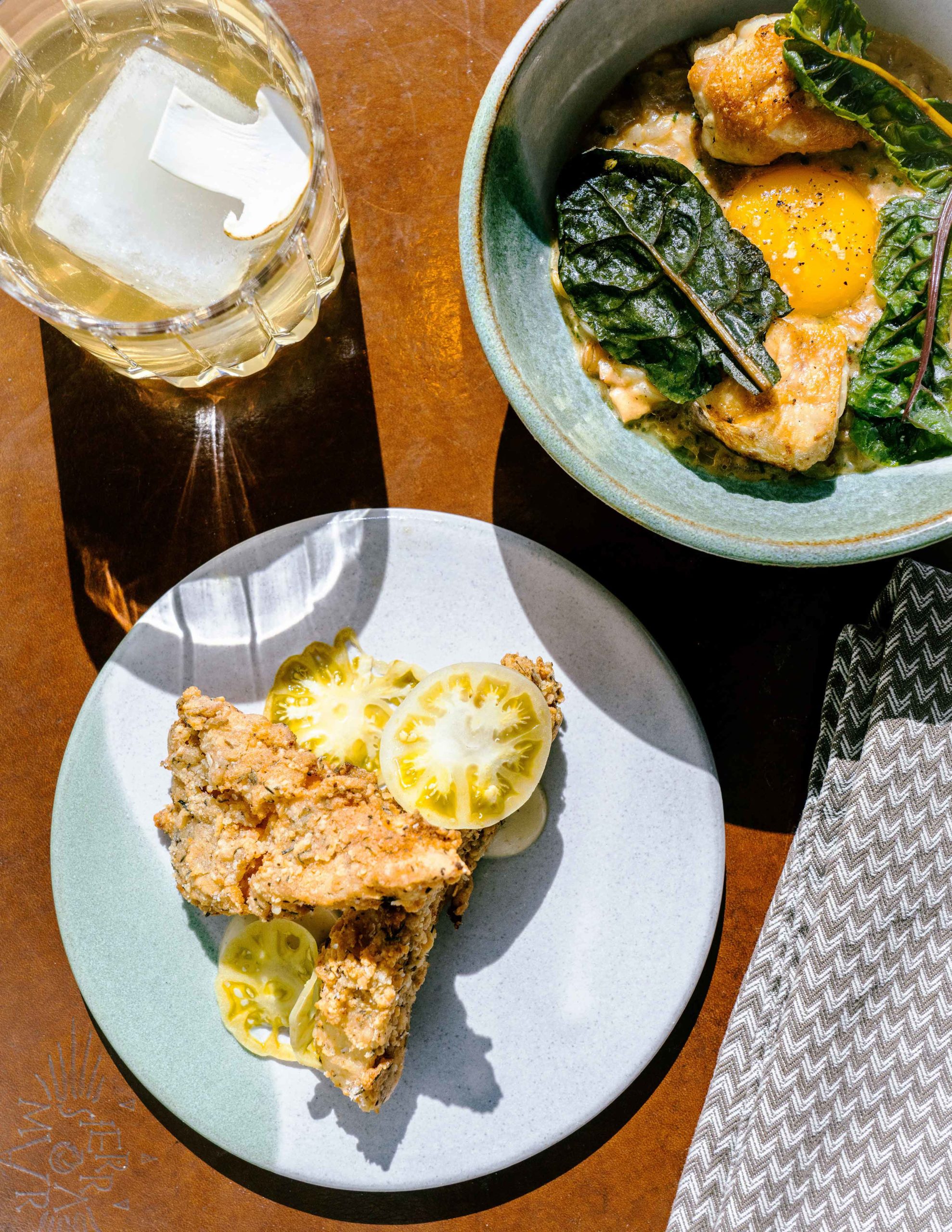
Thomas J. Story
The wild foods have been captured for the kitchen’s purposes, served in a dining room built into the untamed landscape of Big Sur. That juxtaposition is a natural part of the current food system, says Cole. “How can we coexist in these wild spaces and how can we balance the needs of the wild ecology with the needs of us as people?” he asks. For now the balancing act seems to work, as diners order plates of local abalone, rock cod, and wild mushrooms as the sun sets on Big Sur.
Three Ways to Enjoy Mushrooms at Home or in the Wild

Thomas J. Story
Going foraging? Take a sharp knife (and an experienced guide; many poisonous mushrooms look edible).
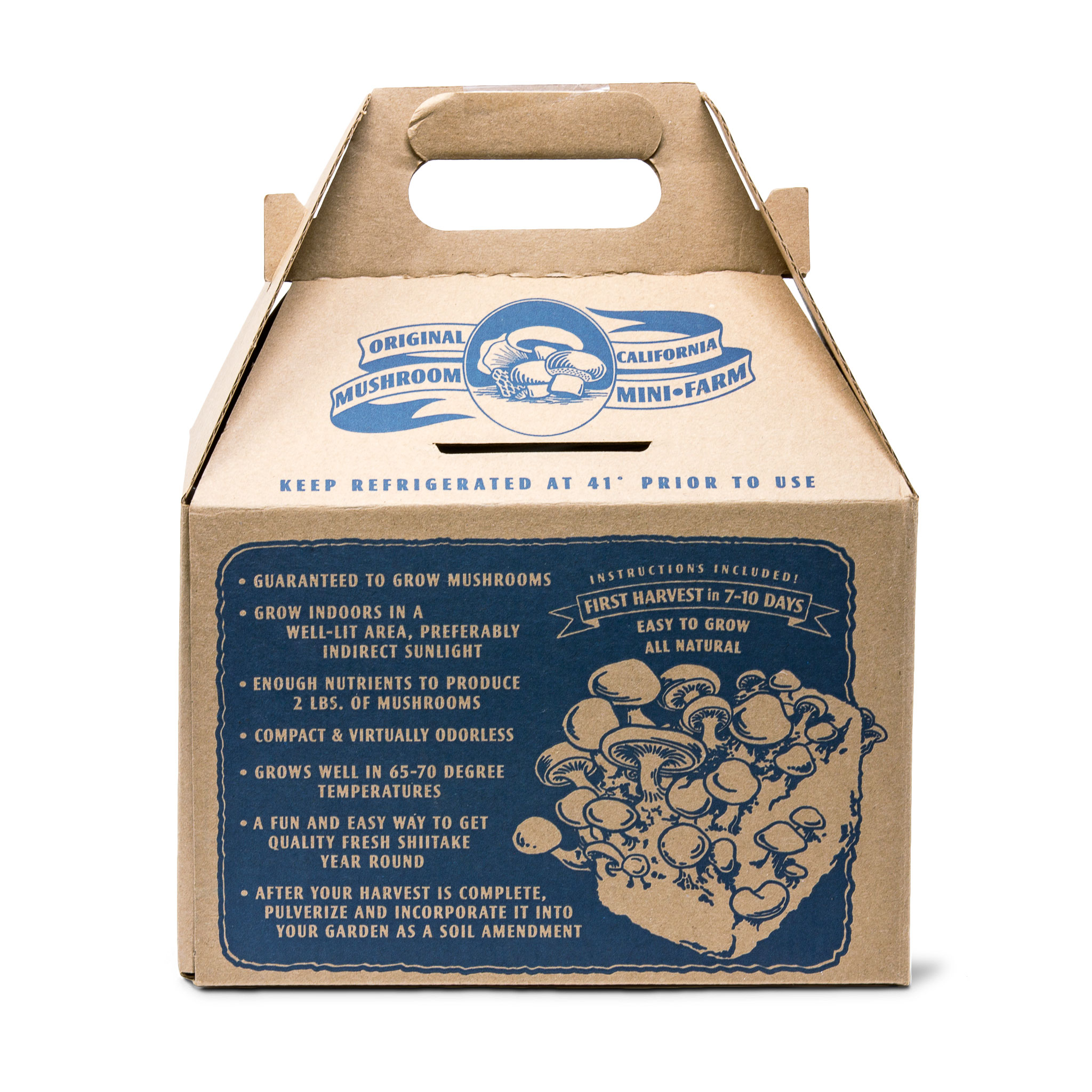
Thomas J. Story
Forage at home with a Shiitake Mini Farm. Buy a pre-inoculated log and harvest your own mushrooms.
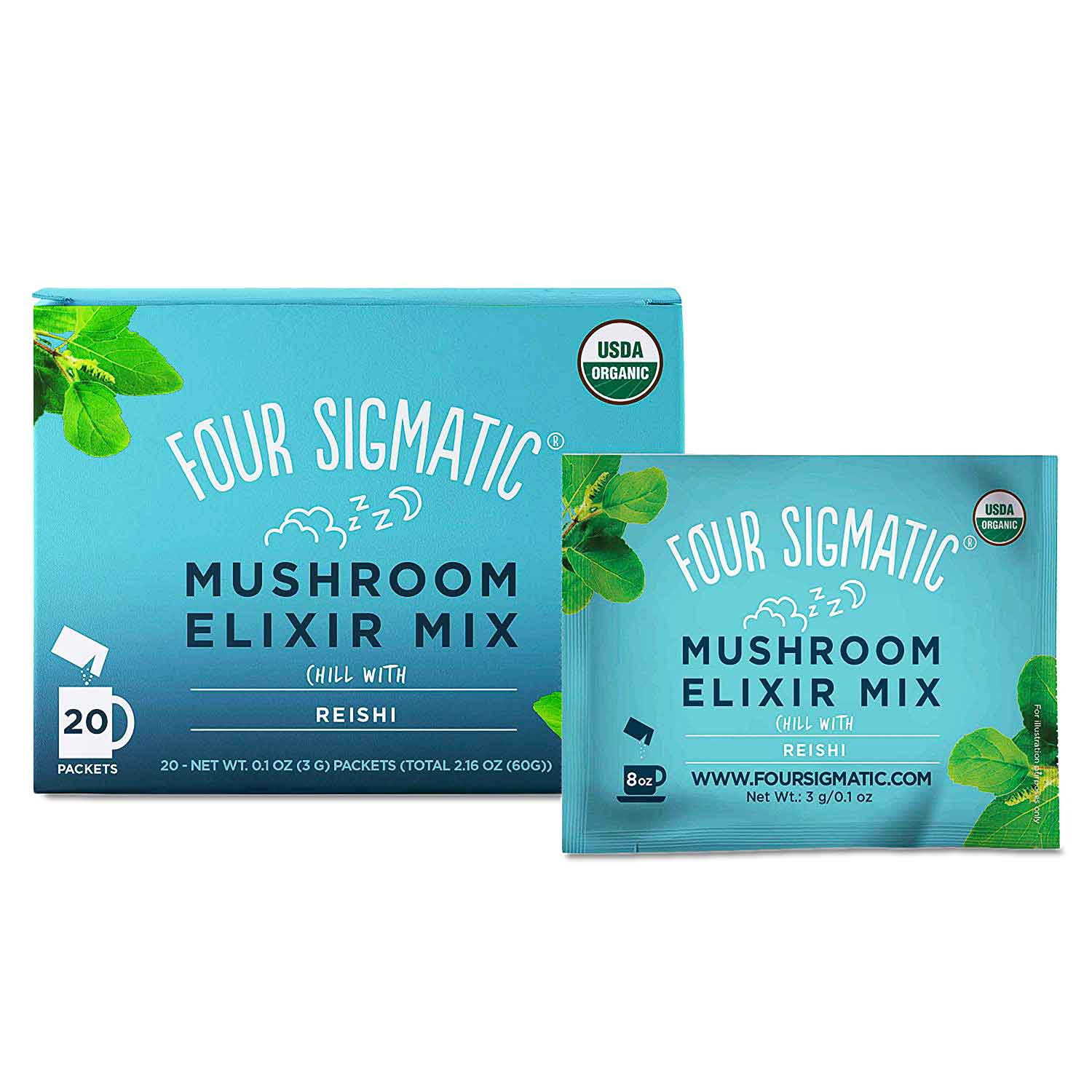
Thomas J. Story
Enjoy the benefits of reishi mushrooms in a less earthy way. Four Sigmatic’s elixirs offer medicinal mushroom benefits in tasty, convenient packets.
